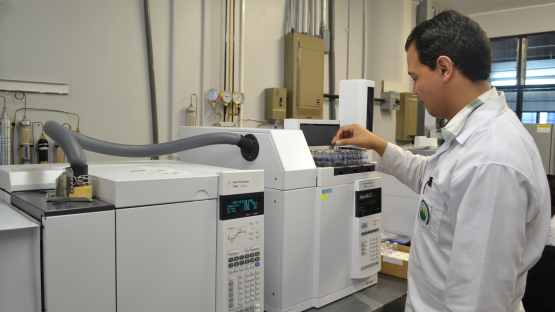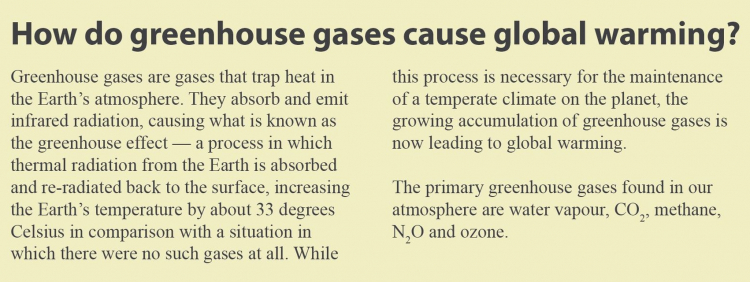In Costa Rica climate change is a real?concern. Sea level rise, climatic variability,?and climate-induced disease outbreaks are?likely to affect the availability of drinking?water and threaten local amphibians and?marine life. The country is committed to?reducing its greenhouse?gas?emissions,?and is now taking steps to learn how much?greenhouse gases the dairy and agricultural?sectors emit in order to determine what?actions it can take to reduce the impact of?climate change.?
“A lack of training, equipment and national?laboratory mean that Cost Rica relies on?international emission factors to estimate?the emissions of greenhouse gases from?agriculture,” said Ana Gabriela Pérez, a?researcher at the University of Costa Rica,?who is working to develop?a?national?reference laboratory for the measurement of?greenhouse gases in the country.?
“Costa Rica aims to become carbon neutral?by 2021, but the international greenhouse gas?emission factors aren’t very accurate for us.?The country needs more reliable data about?its own emissions, and it needs to be able?to gather those data itself,” Pérez said. One?way of ?obtaining?greenhouse gas data from?different land uses is to team up with the?IAEA to develop Costa Rica’s analytical and?instrumental capabilities in regard to nuclear?techniques.?
Atomic answers
Nuclear techniques offer substantial?advantages over conventional techniques?for measuring climate change impact (see?box). “Stable isotope analysers let us monitor?agricultural processes as they happen. They?allow us to quantify carbon capture and?emission patterns of?farming?practices,?enabling us to find ways to improve them,”?Pérez explained.?
Key to counterbalancing the increase of CO2?in agriculture is carbon sequestration. Carbon?sequestration is a process of changing?agricultural practices to minimize emissions?and to help remove CO2 from the atmosphere?by replenishing the depleting CO2 stores in?degraded?soil?boosting soil productivity?and resilience to harsh climate conditions.
Quantifying CO2 emissions from soil?provides a unique insight into changes in?carbon decomposition rates and the balance?of microbial respiration — which in turn?can be used to drive changes in agricultural?practices influencing soil processes and the?release of CO2. The accuracy and?robustness?of near-infrared laser beam technology allows?the technique to create precise quantification?of soil and carbon processes in croplands.?
The country needs more reliable data about its own emissions, and it needs to be able to gather those data itself.




